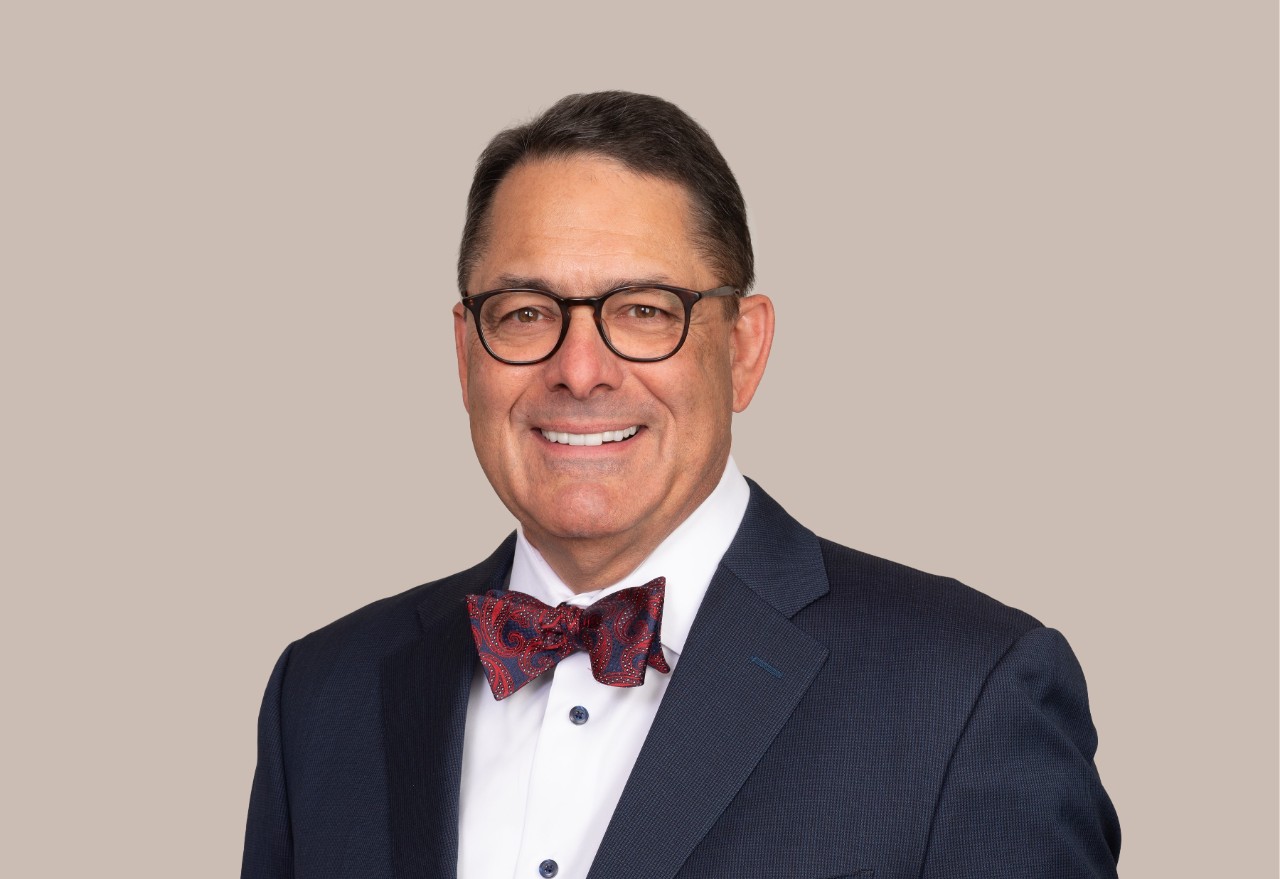Outsourced Chief Investment Officer Service Market Has Grown Exponentially
August 29, 2025

As markets have grown more volatile and regulatory requirements more complex, there has become a need for some organizations to outsource their chief investment officer needs. In fact, the outsourced chief investment officer (OCIO) business has grown exponentially. According to data compiled by Cerulli Associates, U.S. assets managed by OCIO providers reached $2.9 trillion by year-end 2023 and, according to Cerulli’s latest projections, will reach $4.2 trillion by year-end 2028, reflecting an average annual growth rate of 7.9%.
Jim Link, head of OCIO for U.S. Bancorp Asset Management, Inc. (USBAM), recently discussed the changes he’s seen in the industry, how they’ve affected the OCIO landscape, and what he anticipates it could look like over the next three years.
Jim, it’s been three years since your OCIO group joined U.S. Bancorp Asset Management as part of the PFM Asset Management acquisition – how has your team changed in that time?
Link: We went from smaller team at a boutique firm to a much larger team, one with a broad diversity of expertise and access to all the offerings of our affiliates within the fifth-largest commercial bank in the U.S.
At the time of the acquisition in 2021, PFMAM had $20 billion in assets under management. As of March 31, we are at $36.1 billion and ranked as the 18th largest U.S. OCIO provider by Pensions & Investments.1[i] We’re investing in technology enhancements to better serve current and future clients. We’ve also expanded our personnel and investment resources by integrating the U.S. Bank legacy Institutional Asset Management team and adding personnel from Highmark Capital Management via the MUFG Union Bank acquisition.
We recruited a number of senior leaders, including Michael Kelly and Chris Reynolds. These professionals bring their experience in endowments and foundations. Michael Murray brings an OCIO business development officer background to our Midwest and National sales efforts. We’ve increased the size of our investment specialists team and have added client portfolio manager roles.
How has the industry changed over the last few years?
Link: For years, we talked about the specter of consolidation, and we’ve finally seen it start to occur, with several smaller boutique OCIO firms merging with larger financial institutions. Companies are realizing they can’t be everything to everyone. They need to scale technology and people resources, and capital is scarce – so they’re making tough decisions on where they want to focus their business and where they’re going to deploy their limited resources to maximize growth. Consolidation can alleviate those concerns and allow providers to offer a holistic and deeper set of resources to support the client.
You moved from a more boutique OCIO firm to U.S. Bancorp Asset Management – are there advantages that come from being part a larger organization, such as a bank-owned provider?
Link: I think our clients can benefit in many ways. Large OCIO providers, such as those owned by a bank, can offer a wide breadth of products and services. If a client has a financial need, there is a product or service within the bank’s organization to meet that need. It’s great to have interconnectivity with rest of organization and it’s inspiring that all 70,000 team members are working toward the same thing – the success of our clients. Another key advantage is our risk management infrastructure. Fraud and cyberattacks are the biggest risk at any financial services firm and as a larger organization, our organization invests in the optimal security talent and technology for our clients.
What current trends are you seeing in the OCIO space?
Link: Institutions are becoming more diverse in terms of the type and size. They also have a better understanding of what an OCIO does and how it can benefit their organization. OCIO providers are seeing pricing pressures, which is a hallmark of a maturing market.
There’s a lot more structure around OCIOs. For example, the CFA Institute has created Global Investment Performance Standards (GIPS) standards, meant to create a foundation for calculating and presenting investment performance based on the principles of fair representation and full disclosure. This is great for investors as it gives them an apples-to-apples way to compare OCIO services. In the early days, it’s a little like the wild west – caveat emptor. It can feel risky and intimidating. As things mature, are given some structure and become more mainstream, it makes the product and service offerings attractive to more prospective clients and that’s what is happening with OCIO. U.S. Bancorp Asset Management, Inc. is a believer in maintaining composite performance and creating standards within the industry.
One of the most significant considerations among foundations, endowments and not-for-profit organizations is the potential impact of policy changes on taxation and funding. Whether it be the potential for reduction or elimination of support from Washington, D.C. or significant tax changes, foundations, endowments and nonprofits are settling in for some possibly significant changes that may impact the way they invest. From our perspective, there are some big higher-education endowments selling private assets, which may be a precursor to an overall decrease in illiquid assets in favor of more liquid assets.
What do the next few years look like for your team?
Link: As demand for OCIO continues to grow, we’ll continue to scale our business and broaden our service offerings to allow us to serve increasingly complex institutional investors. We’re making technology investments that will enhance our service model, including improved reporting and a client portal. We’re also hiring more specialized talent to drive sales in segments where we see the biggest opportunity for growth – endowments, foundations, and nonprofits, for example.
Click here to learn more about the U.S. Bancorp Asset Management OCIO business.
1[i] Pensions & Investments annual OCIO rankings, ranking reflects U.S. Bancorp Asset Management, Inc. by total U.S. institutional assets under management as of March 31, 2025.
USBAM Thought Leadership
